Egypt occupies the northeast corner of Africa with its northern border the Mediterranean Sea. Its population exceeds 100 million, with many living in the cities of Cairo and Alexandria. Life revolves around the Nile that flows into the Mediterranean, having two sources: well to the south in the case of the White Nile, and southwest in Ethiopia in the case of the Blue Nile. Huge parts of Egypt are purely desert.
Ancient Egypt’s history began in the 6th century BC, arguably a region that was the cradle of civilisation. Writing, urbanisation, religion and government organisation are features first attributed to Egypt and its pharaohs. Huge numbers of people visit the pyramids near Giza and the Valley of the Kings further south near Luxor, to see the wonderful reminders of those times.
Christianity thrived for a while before the growth of Islam in the 6th century AD with the population almost completely Muslim. At one time it was part of the British Empire until independence just after World War I when so many things changed in the world. A century on, Egypt has experienced periods of upheaval but in many ways, because of its ancient history it is unique. Here’s what Egypt is famous for.
Contents
What Is Egypt Known For?
Top Tours
- 10 Day Egypt Wonders of the Pharaohs – Cairo, Alexandria, The Nile and Abu Simbel.
- Private All Inclusive: Giza Pyramids, Sphinx, Memphis and Saqqara (with lunch and camels included!)
- 4-Days Nile Cruise – Aswan, Luxor, Hot Air Balloon and Abu Simbel (Hot deal!!)
1- The Pharaohs
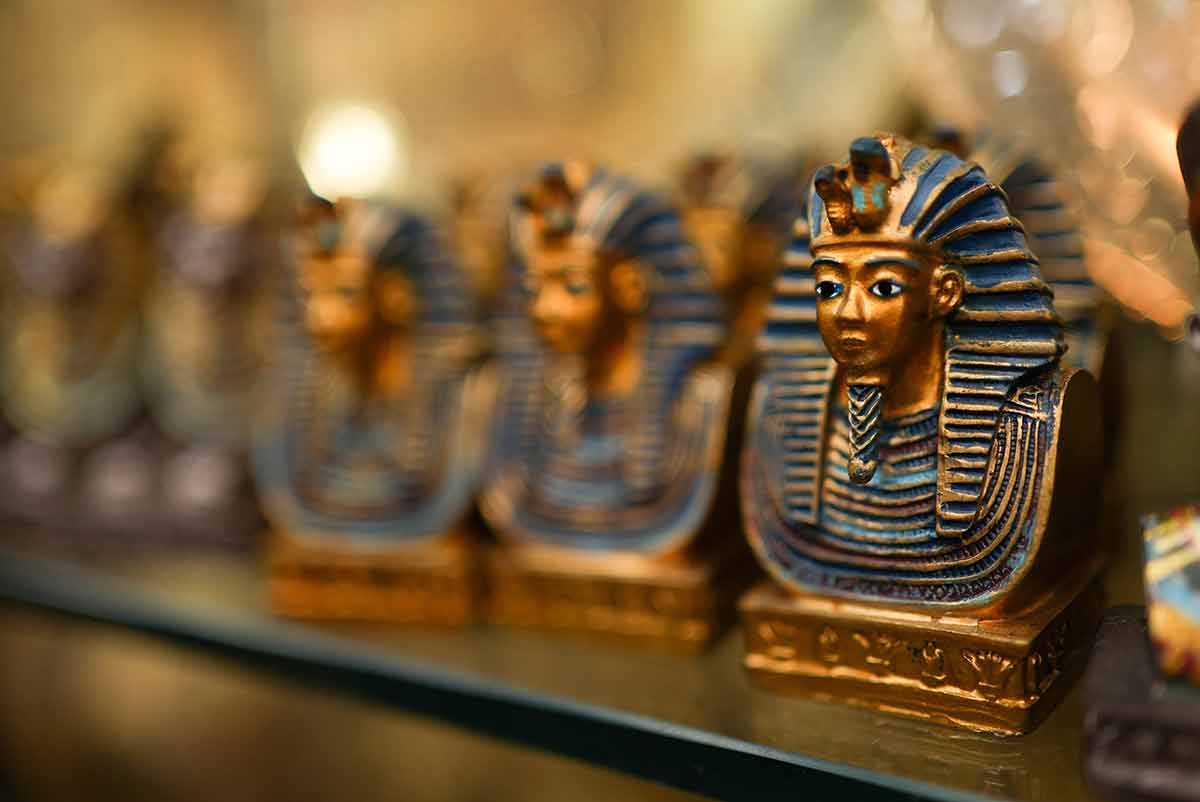
Pharaohs were regarded as gods in Ancient Egypt, rulers who has absolute power from the First Dynasty in 3150BC until Egypt was conquered by the Romans in 30BC.
There are several whose reigns have varied, some short and sweet but in the case of Ramesses II (Rameses the Great) lasting for six decades.
He lived to be 90, a huge age for someone in those times.
Egyptology students have succeeded in providing the world with detailed information about many pharaohs while their elaborate tombs have attracted plenty of visitors.
While Ramesses is arguably the most famous of the many pharaohs, Tutankhamen and Cleopatra (pharaohs did not have to be male) are both recognised as important in Egyptian history in different way.
King Tut was a boy king while Cleopatra’s lovers included both Julius Caesar and Mark Anthony.
Most of the pharaohs’ graves were ransacked well before modern excavation with robbers recognising the valuable things buried with the monarch yet the Museum of Egyptian Antiquities in Cairo has plenty of fascinating exhibits.
2- Pyramids
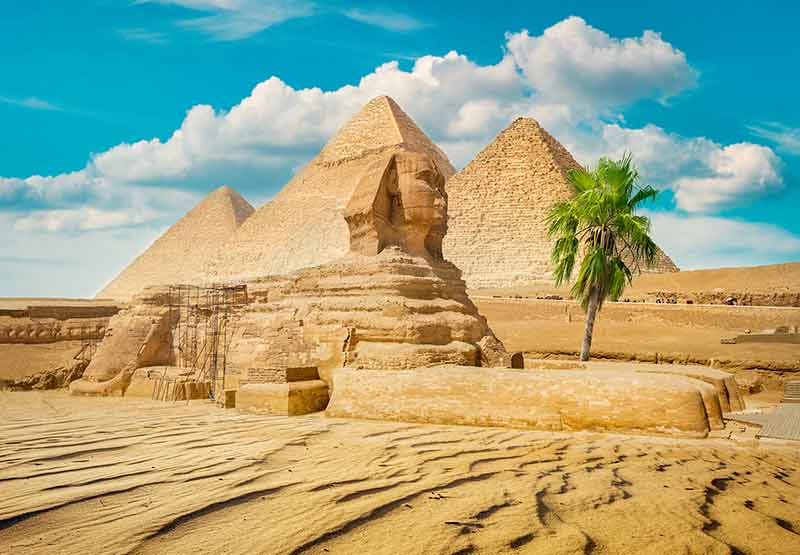
There were well over 100 pyramids in Ancient Egypt with the vast majority built in what was the Kingdom of Kush in today’s Sudan.
However, by far the most famous ones are found in Giza, next to Cairo up in the Nile Delta.
They are among the biggest manmade structures ever built.
Khufu, named after the pharaoh of the same name from the 4th Dynasty, is the largest of the 9 in Giza and the only remaining of the Seven Wonders of the Ancient World.
It was the oldest of those seven incidentally by some margin.
Of the nine, three are large and are the resting places for Khufu, the largest, his son Khafre and grandson Menkaure.
Most of the pyramids were pharaoh tombs, built in the Old and Middle Kingdom.
The oldest one of the accepted style dates back to the 3rd (of 18 before the Romans arrived) Dynasty, dated around 2620BC, the Pyramid of Djoser, close to modern day Luxor in the south. You may like this tour.
3- The Great Sphinx
This monument close to the Great Pyramid of Giza is a mythical creature, with the head of a human and a reclining lion’s body.
It is believed that the face was that of Khafre, pharaoh at the time of its construction between 2558 and 2532BC.
It was cut from bedrock with layers of limestone used to restore it.
Its construction was another huge undertaking as it measures 73 metres (240 feet) long, 19 metres (62 feet) wide and is 20 metres (66 feet).
No one has discovered how the nose of the Great Sphinx broke off.
It is likely to have been a deliberate act but the idea that it was Napoleon’s cannons in 1798 is a myth.
Images of it show the nose missing years before Napoleon’s attack.
4- Valley of the Kings
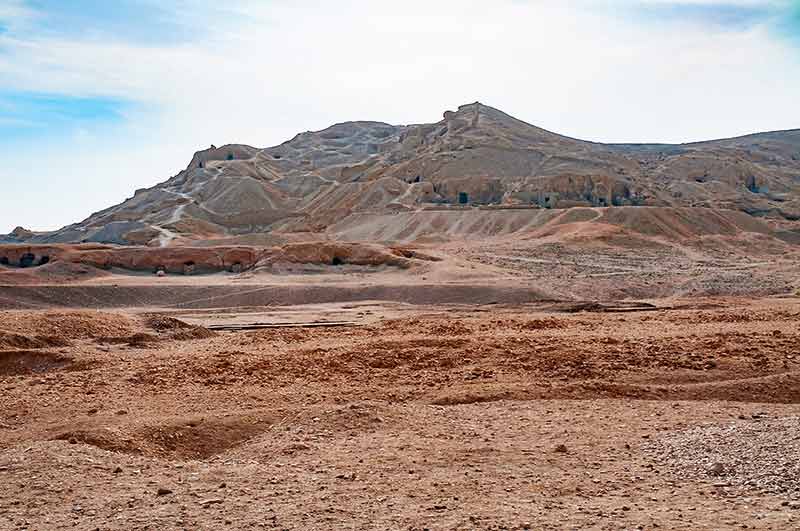
If you are interested in the 18th Dynasty and beyond, the Valley of the Kings is for you.
Over a period of some 500 years, workers excavated tombs out of the rocks both for pharaohs but also significant nobility.
The Valley was on the opposite bank of the Nile from Thebes (modern day Luxor).
The East Valley is the location for most of the pharaohs with the West Valley (valley of the Monkeys) generally just housed the nobility.
Some discoveries in the 21st century mean that there are 65 tombs and chambers, some very small but the largest with more than 120 chambers, an indication of the number of children Rameses had.
These tombs have all been robbed years in the past, long before archaeologists arrived, starting at the end of the 18th century.
One of the major discoveries in the Valley of the Kings happened a century ago; the discovery of the tomb of Tutankhamun.
Not surprisingly, the value of the site resulted in recognition by UNESCO deeming the region as a World Heritage Site in 1979.
5- Abu Simbel Temples
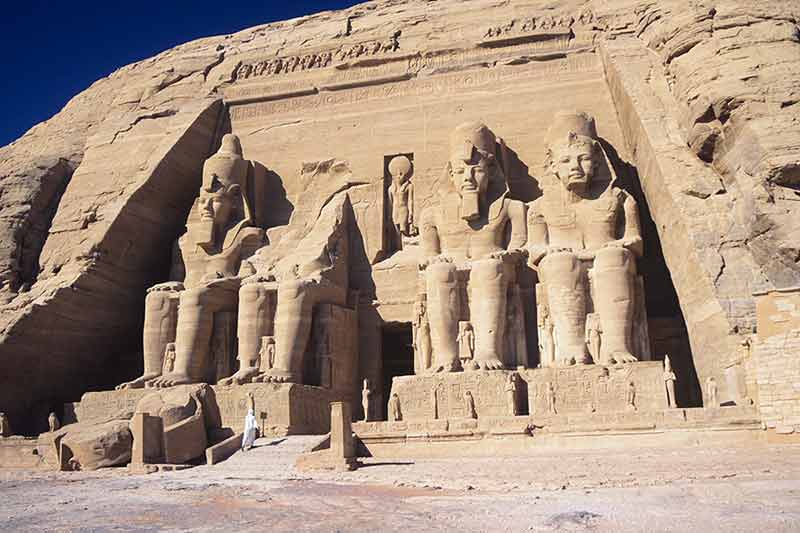
In the deep south of Egypt close to the border with Sudan, there is the village of Abu Simbel on Lake Nasser’s western shore.
Here you will find two huge temples carved out of the mountainside that date back to the 13th century BC and Rameses II.
The “statue” of Rameses is a most impressive sight outside and is surrounded by smaller figures around his feet.
They are his famous wife, Nefertari with her children.
Within there are sculptures that depict the Battle of Kadesh when Rameses led the Egyptians against the Hittites.
The whole site was relocated to higher ground in 1968 prior to the creation of the Aswan Dam and Lake Nasser.
The “Nubian Monuments” as they are known are also recognised by UNESCO as a World Heritage Site.
6- The Egyptian Museum
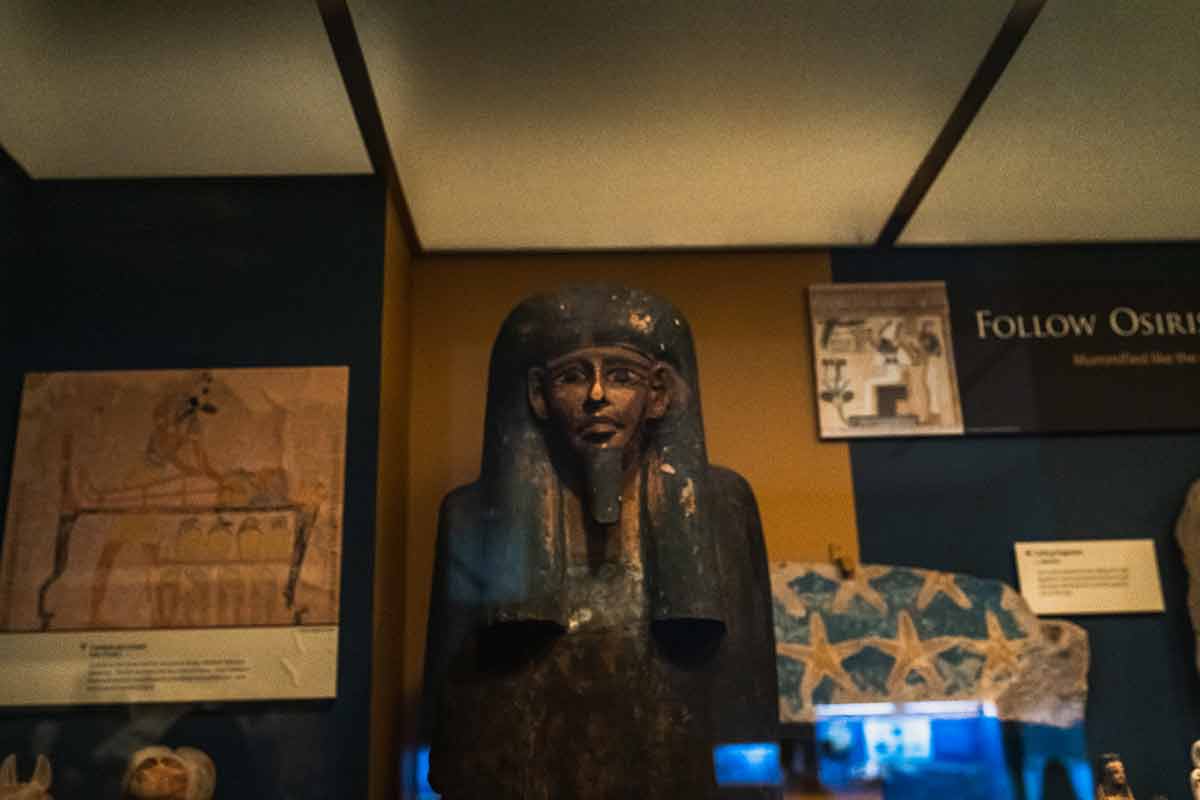
The Museum of Egyptian Antiquities has a huge number of antiquities from Egypt’s past.
Only a fraction of the 120,000 items can be shown at any one time.
It is the largest museum on the continent of Africa.
There are many highlights including the golden burial mask of Tutankhamun which is surely one of the world’s most important works of art.
The body of Rameses II now lies in the museum.
The museum first opened in 1835 but finally moved to its present location in 1901.
Over the years, the Egyptian Government gifted antiquities to other countries, hence national museums across the world often having an “Egyptian section.”
7- River Nile
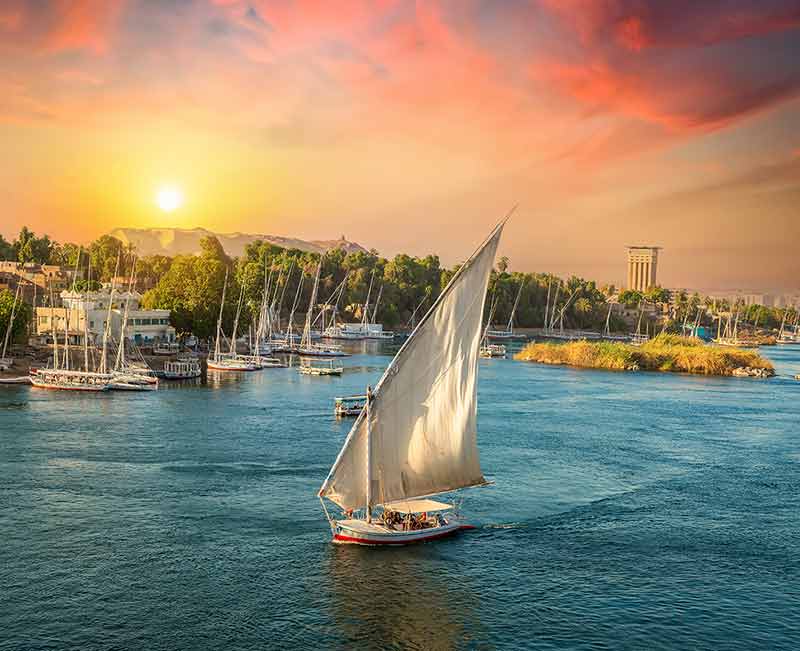
It is doubtful that Egypt would have ever been the country that boasts an ancient civilisation and today has a population in excess of 100 million without the Nile.
It guarantees fertility along its whole length, measuring around 6,650 kilometres (4,130 miles) and rises far south of Egypt’s southern border.
It is essential for Egypt’s agriculture and fishing is important to local life as well.
The White Nile runs from the Lake Victoria but it is joined by the Blue Nile which rises in Ethiopia and in fact provides around 80% of the water from the confluence at Khartoum in Sudan heading north.
All of the interesting sites from Ancient Egypt are found either side of the Nile as it heads north, finishing with a large delta and heading out into the Mediterranean at Alexandria.
It floods annually ensuring that the silt that it carries, mostly originating from the Blue Nile, maintains the fertility of the land needed for agriculture.
These days, one of the most popular experiences in Egypt is to cruise the Nile.
8- Red Sea
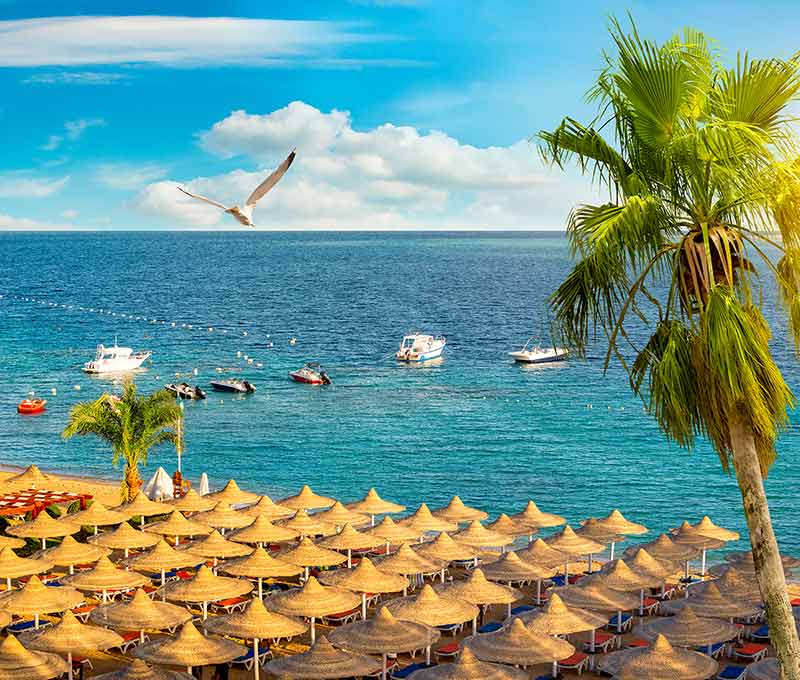
The Red Sea is Egypt’s eastern boundary, starting both east and west of the Sinai Peninsula.
The western side reaches the Gulf of Suez and what is now the Suez Canal while the eastern starts at the Gulf of Aqaba where Israel, Jordan and Saudi Arabia each have access.
The Red Sea goes south, well beyond the southern border of Egypt.
Almost half of the Red Sea is fairly shallow; less than 100 metres (330 feet) deep and half of that is under 50 metres (165 feet).
Its marine life is colourful and varied with plenty of coral.
Egypt has developed a number of popular resorts on its shores, notably Sharm el Sheikh on the southern tip of the Sinai Peninsula and Hurghada where scuba diving is a major attraction.
9- Alexandria
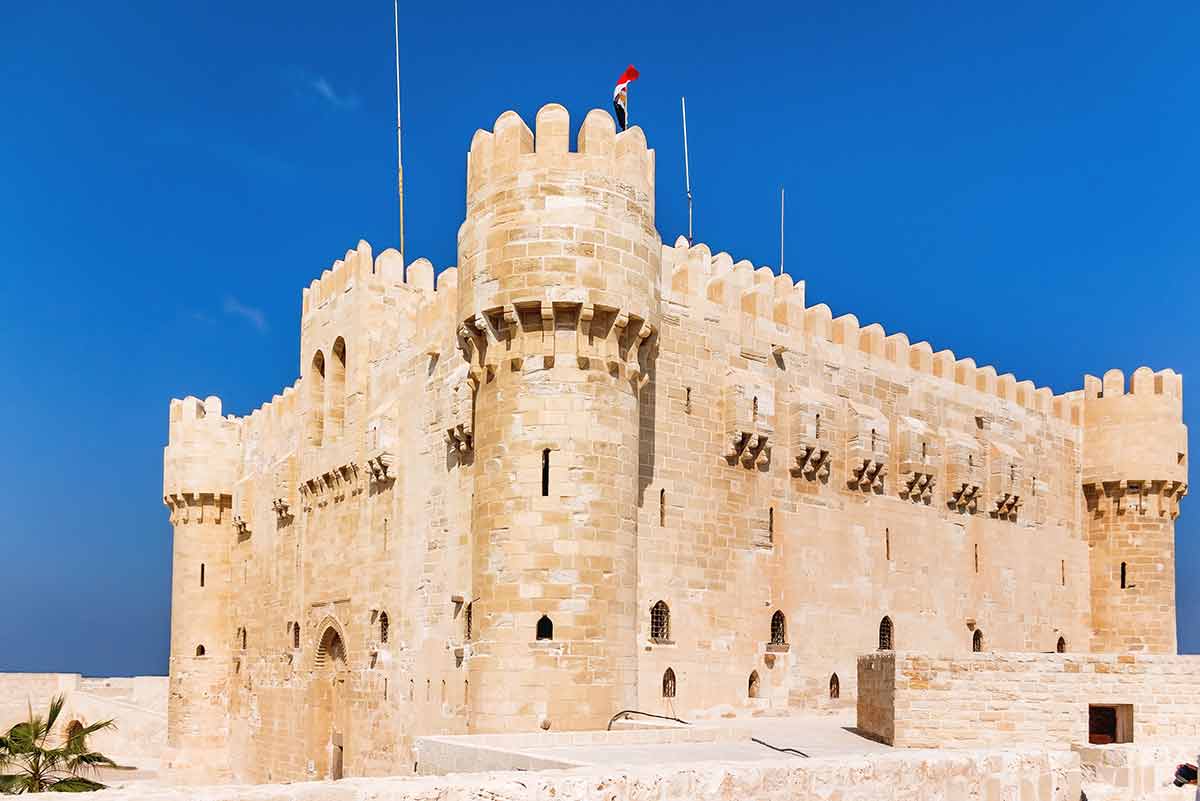
Alexandria developed as Egypt’s access to the Mediterranean in the very early days of overseas contact.
It has a population in excess of five million and its rich history makes it a place that should be on most Egypt itineraries.
It gets its name from its “founder”, Alexander the Great who created the larger settlement in 330 BC than the existing fishing village.
Its lighthouse was built by Alexander’s successors on the island of Pharos to help guide ships in and out of the harbour.
The lighthouse was 100 metres (330 feet) high with bronze mirrors lighting the way by day and flames from fleeces soaked in oil by night.
It was one of the Seven Wonders of the Ancient World.
A series of earthquakes damaged it and finally Ottoman Sultan Qaitbey used its stones to build a fortress there.
Alexandria traded but also sought to learn more about the world, seizing manuscripts which were copied and translated in the Library of Alexandria.
Sadly, that was destroyed and the arrival of Arabs resulted in the capital being moved to what is now Cairo.
Many have passed through the city from Marco Polo to Napoleon and the British.
It may not have the splendour of days gone by but visitors can still see evidence of its rich history.
10- Cairo
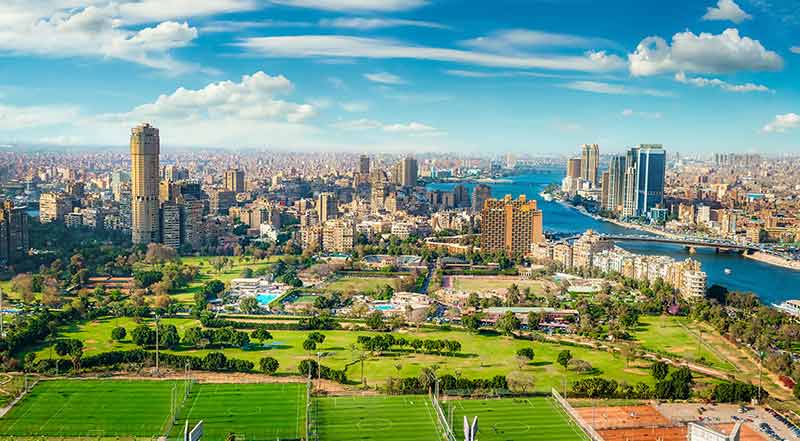
A sprawling city of 10 million people, Cairo is Egypt’s capital.
A further 12 million Egyptians live in the immediate area.
Cairo developed on both banks of the Nile while nearby Giza is home to the Great Pyramid and the Sphinx.
The Egyptian Museum is the largest in Africa and holds stunning exhibits from the ancient civilisation.
It is a difficult city to navigate, partly because of the volume of traffic with the metro an option for getting around.
Every visitor to Egypt should still spend at least a couple of days there even if their primary aim is a Nile Cruise or a Red Sea resort.
There is plenty of Islamic architecture to enjoy; one city nickname is “the city of a thousand minarets.”
It hosts the HQ of the Arab League as well as being the main Arab city for film and music.
11- Suez Canal
The building of the Suez Canal transformed world trade.
Prior to its opening ships had to go right around Africa from the Indian Ocean to reach Europe.
The canal is just short of 200 kilometres (120 miles) and was the brainchild of Ferdinand de Lesseps in the middle of the 19th century.
It took 10 years to construct, finally opening in 1869.
Originally, the canal was a single-lane waterway with a couple of places where ships could pass each other.
The Egyptian Government owned it but the concessionary company was Anglo-French until President Nasser nationalised it in 1956 leading to a crisis in the short term.
The canal needed expansion and that was planned a decade ago with the new side channel opening in 2016, doubling the number of ships that could pass through it daily from 49 to 97.
12- Religion
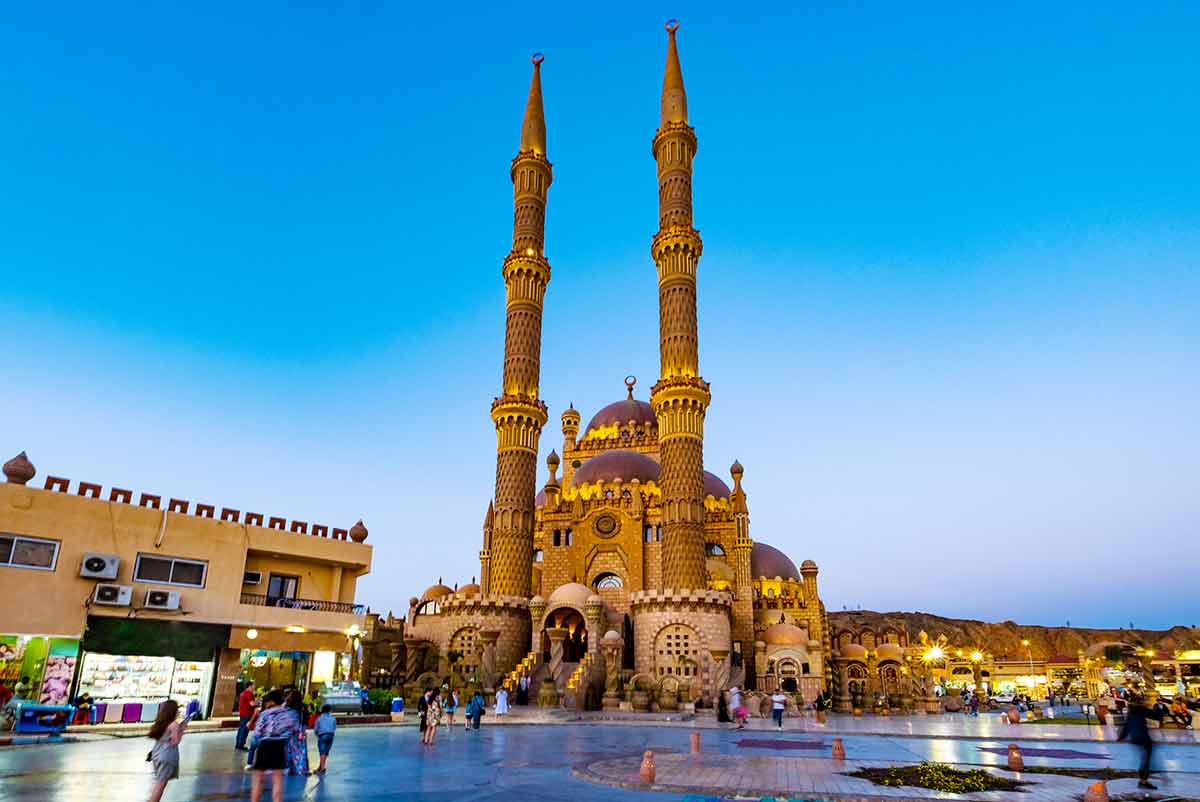
Over 90% of Egyptians are Sunni Muslims while there is a small percentage of Coptic Orthodox Christians and an even smaller percentage of Jews.
These are official figures but they are regularly disputed by Christians who say they number double the official figures.
There is tolerance within the country which has a prominent site for Muslims, Al-Azhar Mosque from the 10th century and the Coptic Orthodox Church of Alexandria dating back to the 1st century.
There are some real minority religions such as Hinduism and those following the Baha’i faith while agnostics and atheists certainly exist even though they do not publicise themselves.
13- Belly Dancing

Belly dancing exists today in most of the Middle East but few dispute that this form of dancing began in Egypt.
Over the years, evolution has resulted in different costumes and styles but Egyptian films have very much established the most common style.
It involves the movement of hips and torso, a skill that is taught in schools in many countries.
The term “belly dance” was created by the French in the 19th century with the English term first published at the end of that century.
Many dancers and dance schools have developed their own naming adjective to describe their styles.
They include “percussive”, “fluid”, “shimmy, shiver and vibration”.
14- Flavours of Egyptian Cuisine
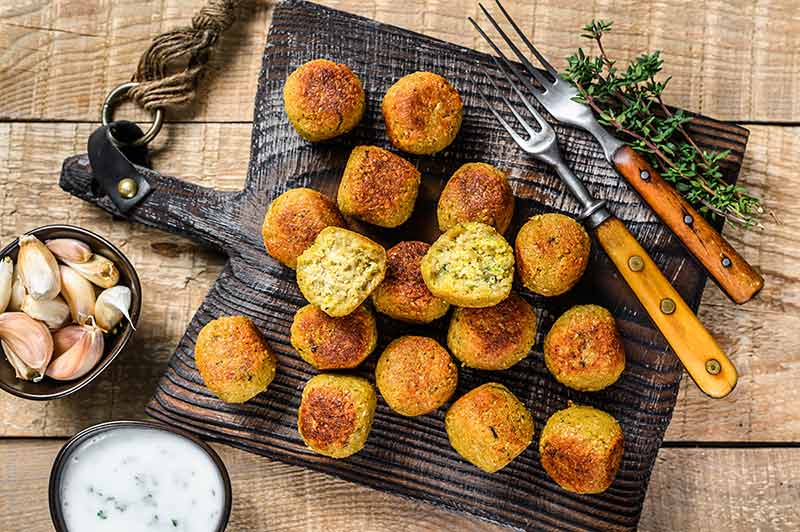
You will not find very spicy food in Egypt.
The main spice used is called “dukkah”, a mixture of cumin and fennel.
Coriander is fairly common while local hazelnuts and almonds add sweetness to dishes as well as being the basis for a number of desserts.
The fertile land of Egypt allows for the production of a huge range of fruit and vegetables.
You will see vegetables stuffed with rice, mashed beans, grape leaves, hummus and falafel.
Okra stew is a favourite while you can expect to see plenty of chicken on restaurant menus.
Lamb and beef are usually grilled in Egypt while in coastal areas, fish is naturally more common.
Cot is a prohibitive factor for locals and many are vegetarian as a result.
Pita bread is served with every meal and cheese has been part of the Egyptian diet since the time of the pharaohs.
Tea is the national drink but there is plenty of access to beer for those who are not strict Muslim.
15- Cotton
Egyptian cotton has long been regarded as the highest quality available in the world.
It creates luxury linen for bedding and towels.
It is hand-picked so as to minimise any damage with the result that it is both soft and strong.
The climate in parts of Egypt is ideal for growing cotton with the fine yarn it delivers meaning that there can be more threads per square inch of material.
As a result, the material is denser than that made using poorer quality cotton.
Durability is also important when it comes to buying cotton products.
When new, an Egyptian cotton product may feel harder than others but that hardness soon disappears as you wash them.
A very small percentage of the cotton produced in Egypt is called Giza 45.
Giza itself is a major cotton growing region but Giza 45 is the best of the best.
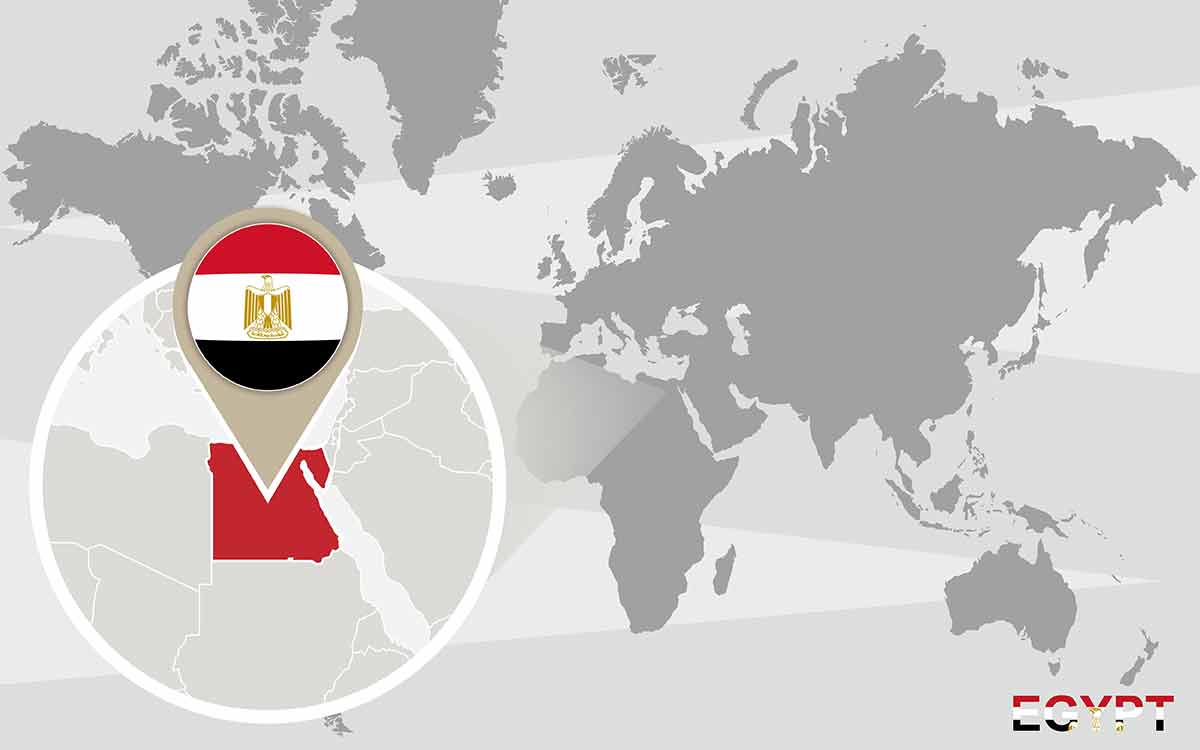
You may also be interested in:
- What is Turkey known for?
- What is Portugal known for?
- What is Greece known for?
- What is France known for?
- What is Belgium known for?
- What is Switzerland known for?
- What is Poland known for?
- What is Australia known for?
- What is Mexico known for?
- What is Germany known for?
- What is Croatia known for?
- What is Hungary known for?
- What Is Romania known for?
- What is The Netherlands known for?
- What is Scotland known for?
- What is Canada known for?
- What is Japan known for?
- What is China known for?
- What is Singapore known for?
- What is Vietnam known for?
- What is Thailand known for?
- What is Cuba known for?
- What is Argentina known for?
- What is Colombia known for?
- What is Spain known for?
- What is Italy known for?
- What is Ireland known for?
- What is Oregon known for?
- What is Colorado known for?
- What is Tennessee known for?
- What is Hawaii known for?
- What is Alabama known for?
- What is Illinois known for?
- What is Mississippi known for?
- What is Nevada known for?
- What is Maine known for?
- What is Idaho known for?
- What is Delaware known for?
- What is Maryland known for?
- What is Wisconsin known for?
- What is Miami known for?
- What is Virginia known for?
- What is West Virginia known for?
- What is Massachusetts known for?
- What is Boston known for?
- What is Florida known for?
- What is Kentucky known for?
- What is Indiana known for?
- What is Montana known for?
- What is Nebraska known for?
- What is Pennsylvania known for?
- What is Vermont known for?
- What is Arizona known for?
- What is California known for?
- What is South Carolina known for?
- What is North Carolina known for?
- What is Texas known for?
- What is Michigan known for?
- What is Ohio known for?
- What is Louisiana known for?
- What is Oklahoma known for?
- What is New York known for?
- What is Georgia known for?
- What is Utah known for?
- What is Connecticut known for?
- What is Rhode Island known for?
- What is Iowa known for?
- What Is Minnesota known for?
- What is New Hampshire known for?
- What is Arkansas known for?
- What is New Jersey known for?
- What is Missouri known for?
- What is North Dakota known for?
- What is South Dakota known for?
- What is Wyoming known for?
- What is Alaska known for?
- What is Washington known for?
- What is Seattle known for?
- What is New Mexico known for?
- What is Kansas known for?
- What is San Francisco known for?
- What is Chicago known for?
- What is Denmark known for?
- What is Norway known for?
- What is Sweden known for?
Plan Your Trip

Rent A Car – Find the best car rental rates at Discover Cars. They compare car hire companies to provide you with the best deal right now.

Find A Hotel – If you’re curious about this article and are looking for somewhere to stay, take a look at these amazing hotels.

